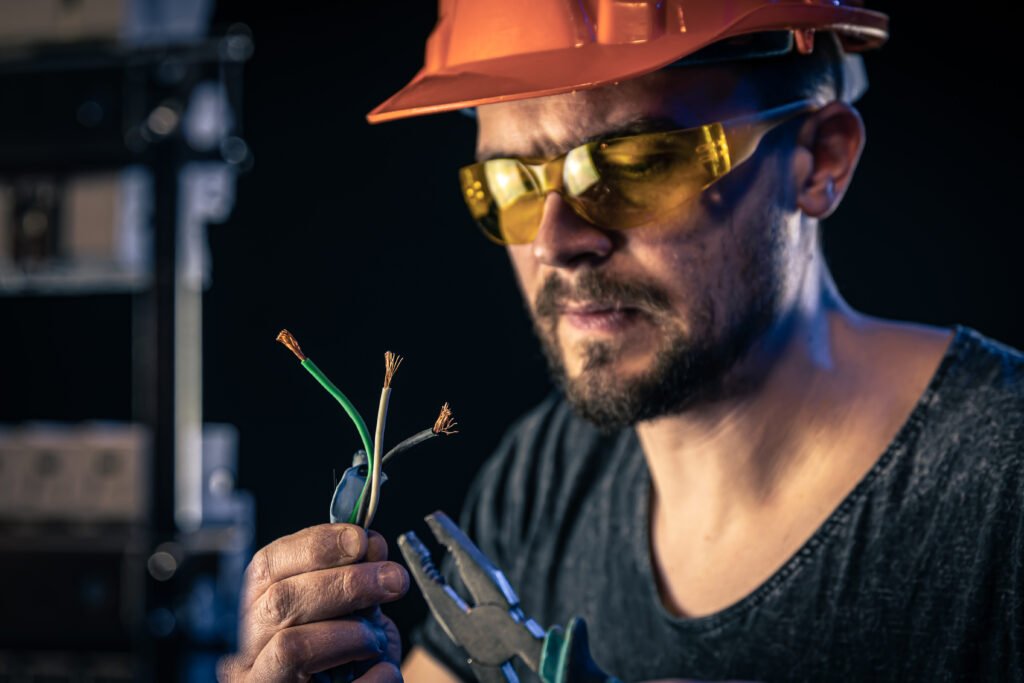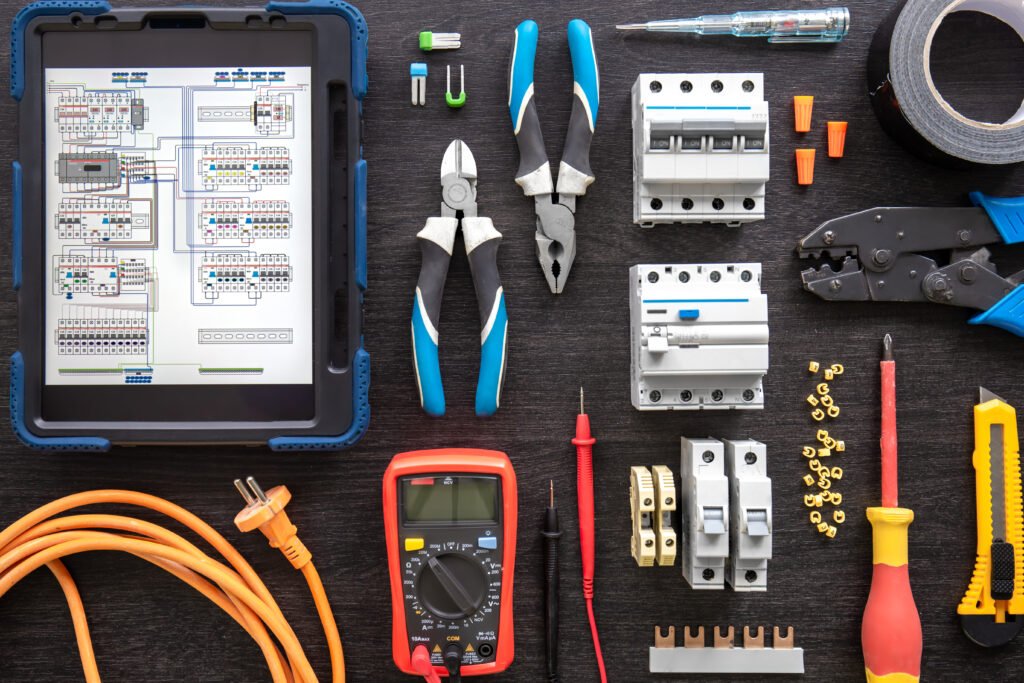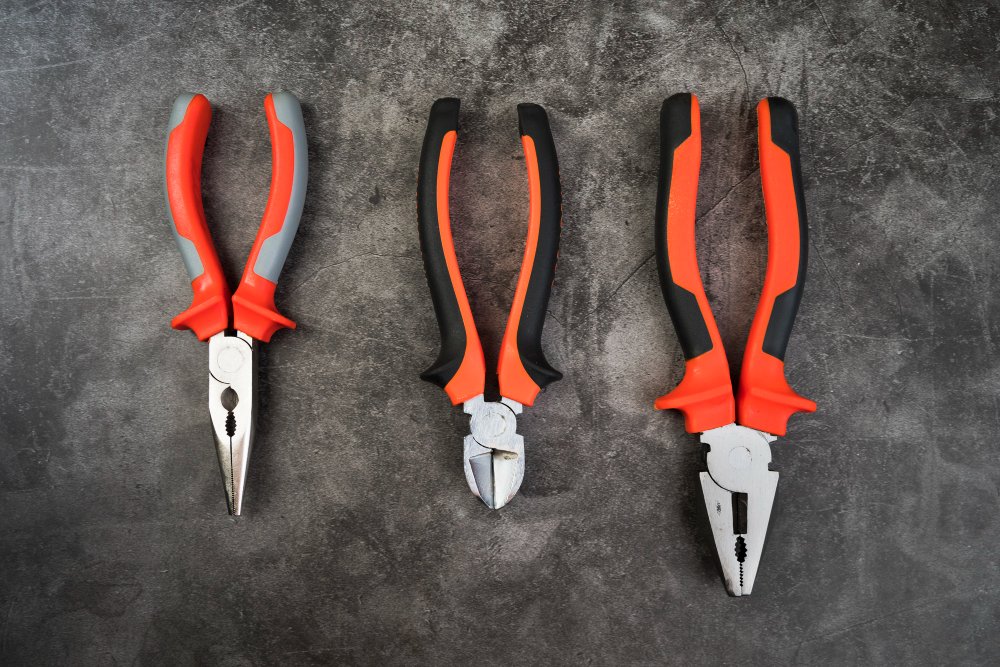Wire stripping might seem like a straightforward task, but mastering it requires more than just having the right tools. In this comprehensive guide, we will delve into the intricacies of wire stripping, focusing on how to use a wire stripper effectively. Whether you are a DIY enthusiast or a professional electrician, understanding the nuances of this skill can make a significant difference in your projects.
Introduction
Wire stripping is a fundamental skill in electrical work, involving the removal of insulation from wires to expose the conductive metal underneath. This interaction is vital for making dependable electrical associations. However, it’s not just about pulling off the insulation; it’s about doing it efficiently and safely.

Understanding wire-stripping tools
Before we dive into the details, let’s familiarize ourselves with the various tools available for wire stripping. From manual hand tools to automatic machines, choosing the right one for your needs is essential for a smooth and effective wire-stripping experience.

What You’ll Need
Equipment and Tools Gauged wire stripper,Voltage tester
Materials=Electrical wire
How to Use Gauged Wire Strippers
Step 1:
How to Utilize Gauged Wire Strippers
Determine the Wire Gauge
It is essential to identify the wire gauge to accurately select the appropriate notch on your wire strippers.
For standard NM (nonmetallic) cable, the gauges are distinguished using the following sheathing colors:
White Sheathing: 14-gauge wire
Yellow Sheathing: 12-gauge wire
Orange Sheathing: 10-gauge wire
Step 2:
Find the Corresponding Wire Stripper nut
Once you have identified the wire’s gauge, examine your wire stripper to locate the correct notch. The proper notch is typically marked by an inscribed number on the metal. Some wire strippers may also have colors alongside the notches corresponding to the sheathing colors.
Warning:
Opting for a notch that is too large is not a significant issue, as the tool won’t fully penetrate the sheathing, and you can switch to a smaller notch. However, selecting a notch that is too small partially cuts the wire, compromising its integrity and posing a risk when connected. In such cases, discard the damaged portion and start the process anew.
Step 3:
Remove the Wire Insulation
To strip electrical wire, insert the end of the wire into the appropriate notch with the desired amount of exposed wire protruding. For specific applications, this length is crucial, so refer to your electrical device’s guide if applicable.
Squeeze the wire until the tool no longer clamps together. Push the clamped tool away from your body toward the wire’s end. The separated sheathing will fall away, revealing the bare conductive material.
Tip:
If you encounter difficulty pushing the sheathing off the wire’s end, it may be due to incomplete insulation cutting. Twist the tool to ensure it fully cuts the insulation before trying again. If the issue persists, you might be using the wrong notch.

Tips for Using Wire Strippers:
Never take off more wire protection than is needed.
Exercise caution to avoid damaging the remaining insulation on the wire.
If your tool is not cleanly cutting wire and insulation, check the nut to see if it has loosened. Tighten it if necessary.
Keep your fingers away from the wire-stripper blade.
Avoid purchasing small, inexpensive wire strippers, as they can be challenging to work with.
Safety Precautions
Safety should always be a top priority when working with wire strippers. From wearing appropriate safety gear to ensuring a secure work environment, taking the necessary precautions can prevent accidents and injuries.
Types of Wires Suitable for Stripping
Not all wires are created equal, and understanding the types of wires suitable for stripping is crucial. We’ll explore the different wire gauges and insulation types, providing insight into the best practices for each.
Preparing the Work Area
Efficiency starts with organization. Learn how to set up your workspace for optimal wire stripping, minimizing the risk of errors or accidents. Clearing potential hazards is a key step in creating a safe and productive environment.
Proper Technique for Using a Wire Stripper
Now, let’s get hands-on. We’ll walk you through the proper technique for using a wire stripper, step by step. Avoid common mistakes and ensure that your wires are stripped cleanly and accurately.
Troubleshooting Common Issues
Even with the right technique, problems can arise. We’ll address common issues encountered during wire stripping and provide tips for resolving them without causing damage to the wires.
Advanced Wire Stripping Techniques
For those looking to elevate their wire-stripping skills, we’ll explore advanced techniques suitable for specialized wires and challenging situations. Precision and efficiency are the goals here.
Maintenance of Wire Stripping Tools
Regular maintenance is key to the longevity and effectiveness of your wire-stripping tools. Learn how to keep them in optimal condition and recognize signs that maintenance is needed.

OptimalDI presents a top-notch Wire Stripping Tool, an 8-inch self-adjusting cable stripper designed for industry use on stranded wires
Benefits of Proper Wire Stripping
Why go through the effort of mastering wire stripping? We’ll discuss the benefits, including ensuring safety, avoiding accidents, and enhancing the overall efficiency of electrical connections.
Applications in Different Industries
Wire stripping isn’t limited to one industry. Discover how this skill is crucial in various sectors, emphasizing the importance of quality connections in different applications.
Eco-Friendly Disposal of Stripped Wire
Responsibility extends beyond the stripping process. Learn about eco-friendly methods for disposing of stripped wire, considering the environmental impact of your actions.
DIY Wire Stripping Projects
To put your newfound skills to the test, we’ll suggest simple DIY projects that you can undertake using wire stripping techniques. Get creative and apply your knowledge in practical ways.
Innovations in wire-stripping technology
Stay ahead of the curve by exploring the latest advancements in wire-stripping tools. We’ll discuss innovative technologies and future trends in the world of wire stripping.
Conclusion
In conclusion, mastering wire stripping is more than a skill—it’s a valuable asset in various fields. From basic safety measures to advanced techniques, this guide has equipped you with the knowledge to use a wire stripper effectively. Apply these insights to your projects, whether big or small, and witness the difference it makes in the quality of your electrical connections.

Frequently Asked Questions (FAQs)
What is wire stripping, and why is it important?
Wire stripping is the process of removing insulation from wires to expose the conductive metal. It is crucial for creating reliable electrical connections and ensuring proper conductivity.
Can I use any wire stripper for all types of wires?
While many wire strippers are versatile, it’s essential to choose the right tool for the specific wire type and gauge. Different wires may require different stripping techniques and tools.
How do I ensure my safety when using a wire stripper?
Prioritize safety by wearing appropriate gear, such as safety glasses and gloves.Guarantee the workspace is sufficiently bright and liberated from possible perils. Always follow the manufacturer’s safety guidelines.
What are some common mistakes to avoid when using a wire stripper?
Common mistakes include using the wrong stripping tool, applying too much force, and not adjusting the tool properly. These errors can lead to damaged wires and unsafe connections.
Are there any eco-friendly ways to dispose of stripped wire?
Yes, consider recycling centers that accept electrical wiring. Some centers specialize in metal recycling and can properly dispose of the stripped wire in an environmentally friendly manner.
